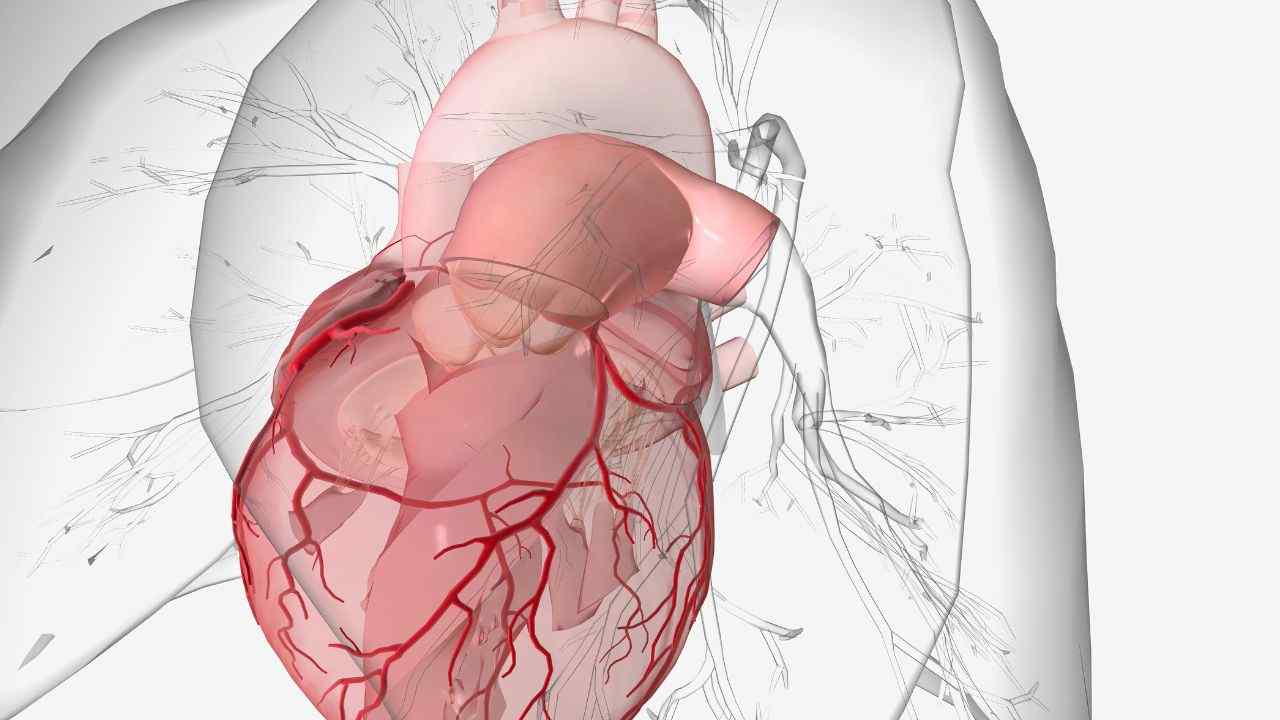
In 2021, around 11.7 million Americans were diagnosed with COPD. Many people are still undiagnosed. Although COPD is a life-long condition, effective treatment and lifestyle modifications can enhance the quality of life.
Let's discuss more about it:
What is Chronic Obstructive Pulmonary Disease (COPD)?
Lung diseases that cause breathing difficulties or airflow blockage are collectively known as COPD. It includes emphysema and chronic bronchitis. A COPD diagnosis means that a person has one of the two diseases.
What is Chronic Bronchitis?
It is a condition in which your bronchial tubes swell, and mucus builds up. These are the tubes through which air enters in and out of the lungs. Due to the presence of mucus, these tubes become narrow and make it difficult to breathe.
It also spoils cilia, a hair-like structure inside the tubes to clear mucus. With broken cilia, people face difficulty in clearing mucus.
What is Emphysema?
In this condition, the alveoli walls present at the bottom of the bronchial tube get damaged. Alveoli are tiny air sacs responsible for breathing in oxygen and breathing out carbon dioxide. When the walls of the air sacs get damaged, they become floppy—resulting in fewer but larger air sacs. Thus, breathing becomes difficult.
Causes of COPD
●
Tobacco smoking
●
Second-hand smoke
●
Dust and fumes at home/workplace
●
Air pollution
● An inherited disorder Alpha-1 antitrypsin (AAT)
Why Smoking Triggers COPD
Smoking tobacco is highly dangerous for people with COPD. It is one of the most common causes of COPD. Smoking irritates the airways and causes inflammation. Not only is this, but it also damages the cilia. The narrowing of the airways and cilia damage causes irritation, and removal of mucus becomes difficult.
Symptoms of COPD
Here are some common symptoms of COPD:
●
Persistent cough with mucus
●
Breathing difficulty
●
Shortness of breath while performing routine tasks
● Shortness of breath, even in light exercises
Stages of COPD
Without treatment, COPD can progress. The progression varies from person to person. Here are its stages from mild to chronic:
Mild COPD
It is the first stage when you start feeling shortness of breath in light exercises. You may also experience coughing with mucus in the morning.
Moderate to Severe COPD
When COPD progresses, you will start noticing the exacerbation in symptoms. You will experience shortness of breath even in routine activities. Likewise, the episodes of cough will also increase in time and intensity.
Chronic COPD
In chronic COPD, shortness of breath occurs in almost everything. Mobility becomes difficult, and you may also need supplemental oxygen.
If
you are experiencing the symptoms of COPD, delaying treatment can make it
worse. Managing this disease is possible with medications, precautions, and
lifestyle changes. Consult a medical expert at Springfield
Medical Clinic for a detailed analysis.
